In the last post, I looked at the out of focus (OOF) point spread functions (PSFs) of the Hasselblad XCD 90V 90mm f/2.5 lens on a Hasselblad X2D 100C. I did the test with a new production lens I’d just received. As expected, at high shutter speeds the OOF PSFs departed quite significantly from the classical circle of confusion disk. But there was also another issue: some odd dark lines on the images that I referred to as “worms.”
One possibility is that the worms came from the light source. I used a small LED flashlight before. I got my hands on a smaller one, and used it for this test.
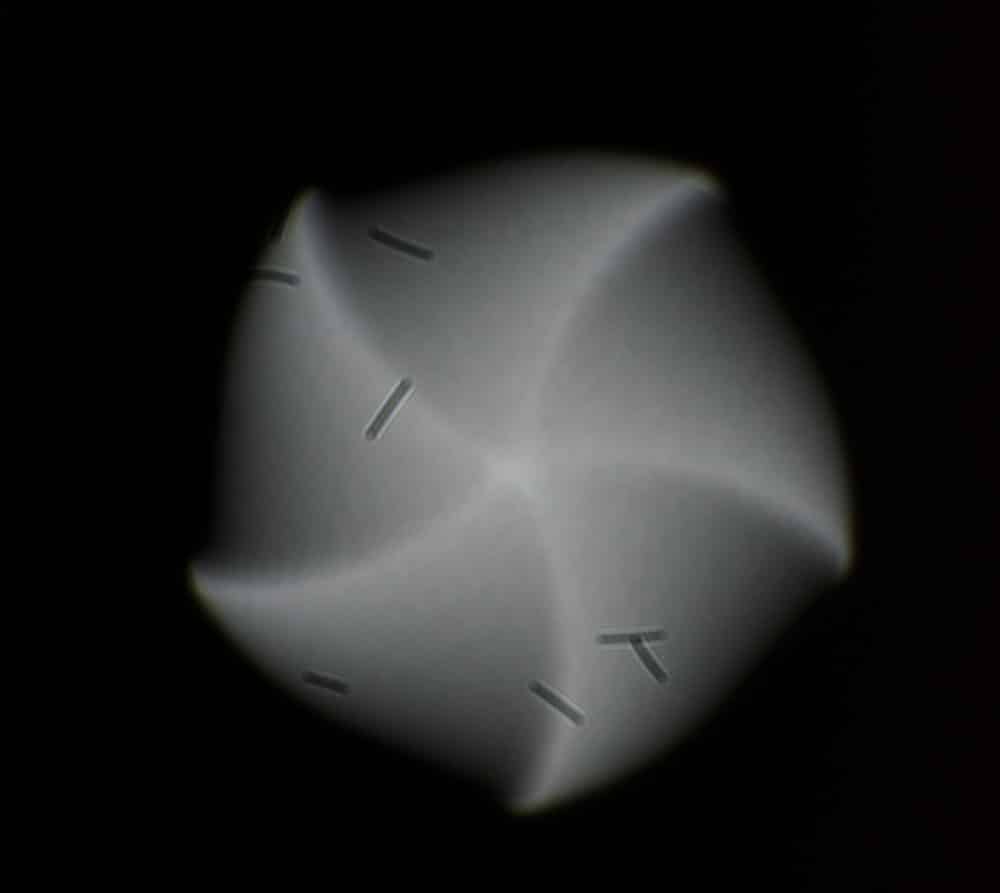
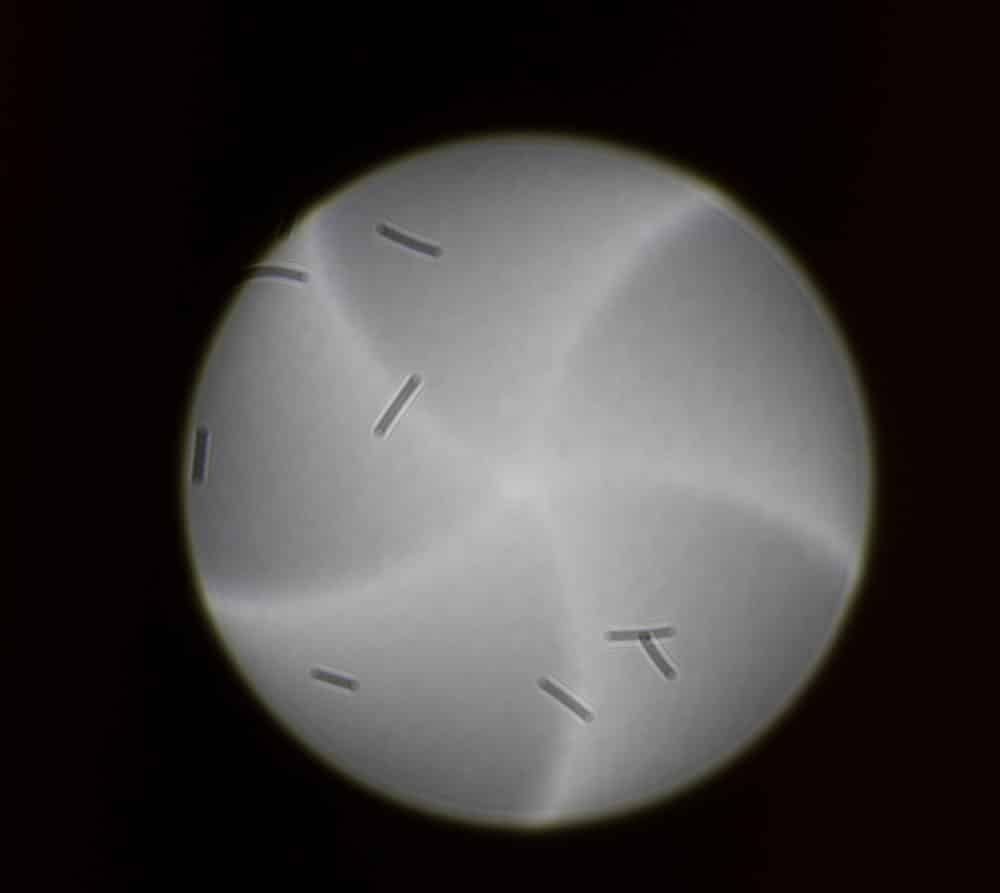
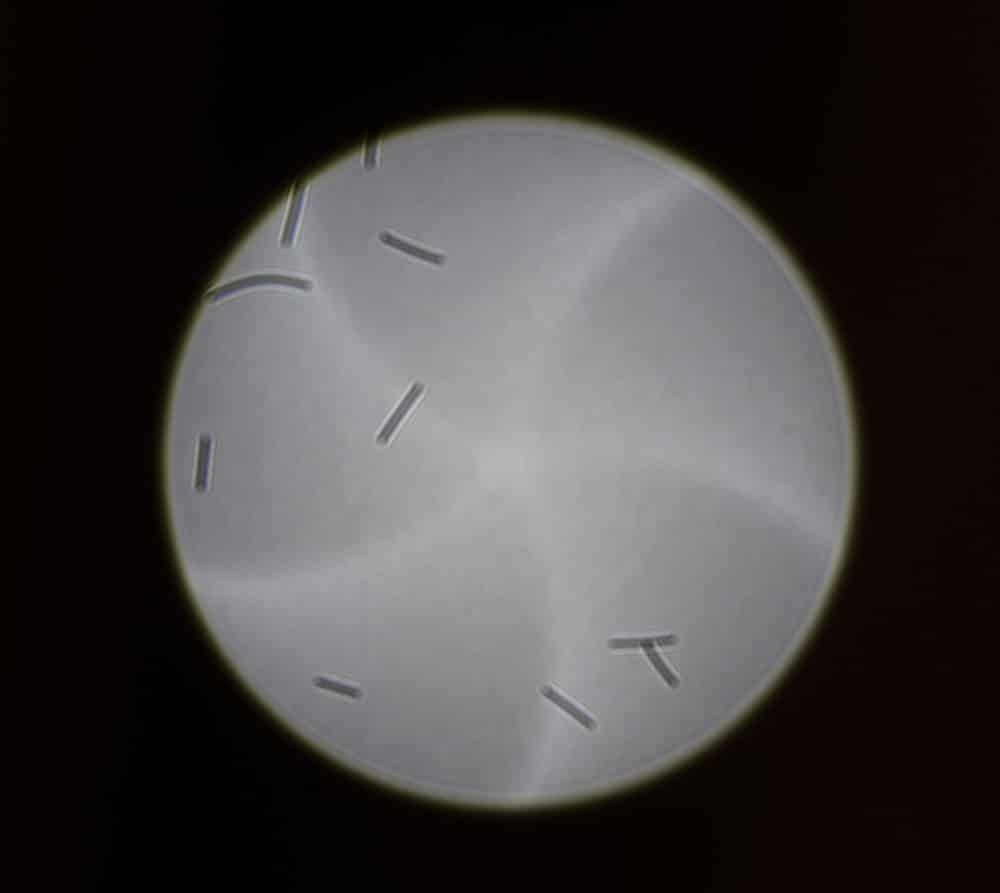
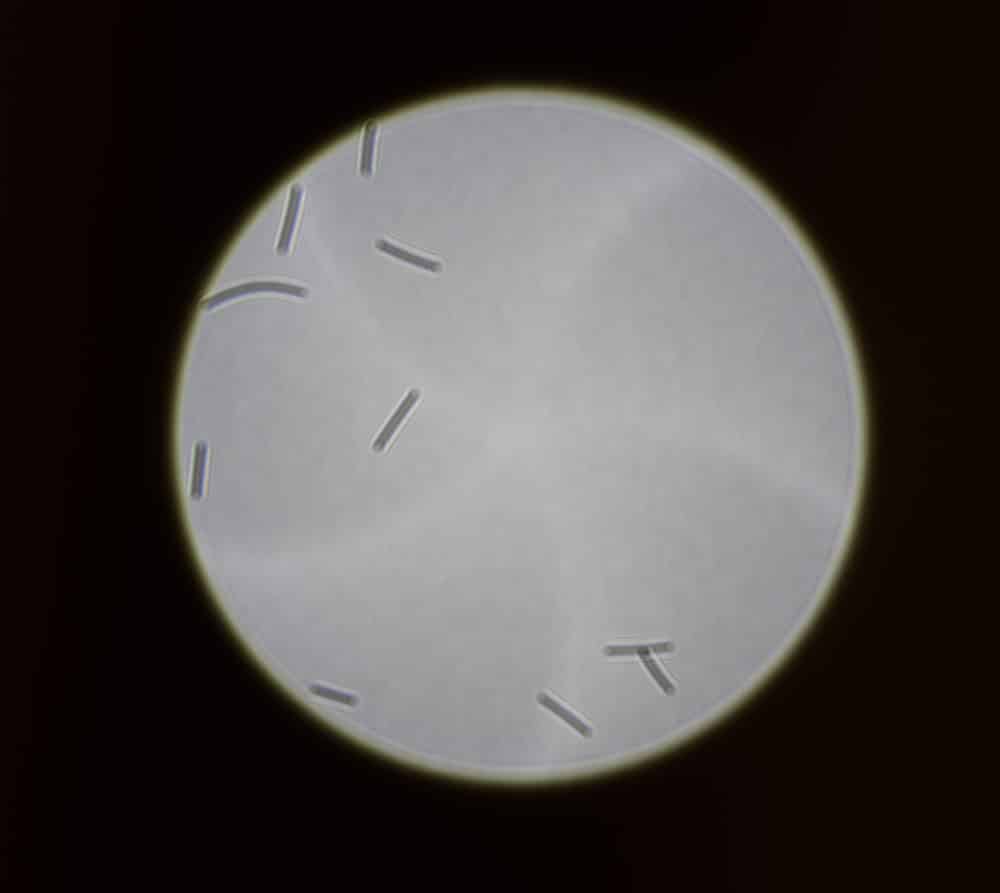
That’s pretty much the same as before. So the worms are not directly coming from the illuminant.
I switched to the prototype XCD 90V that I’ve been using for the last year or so.
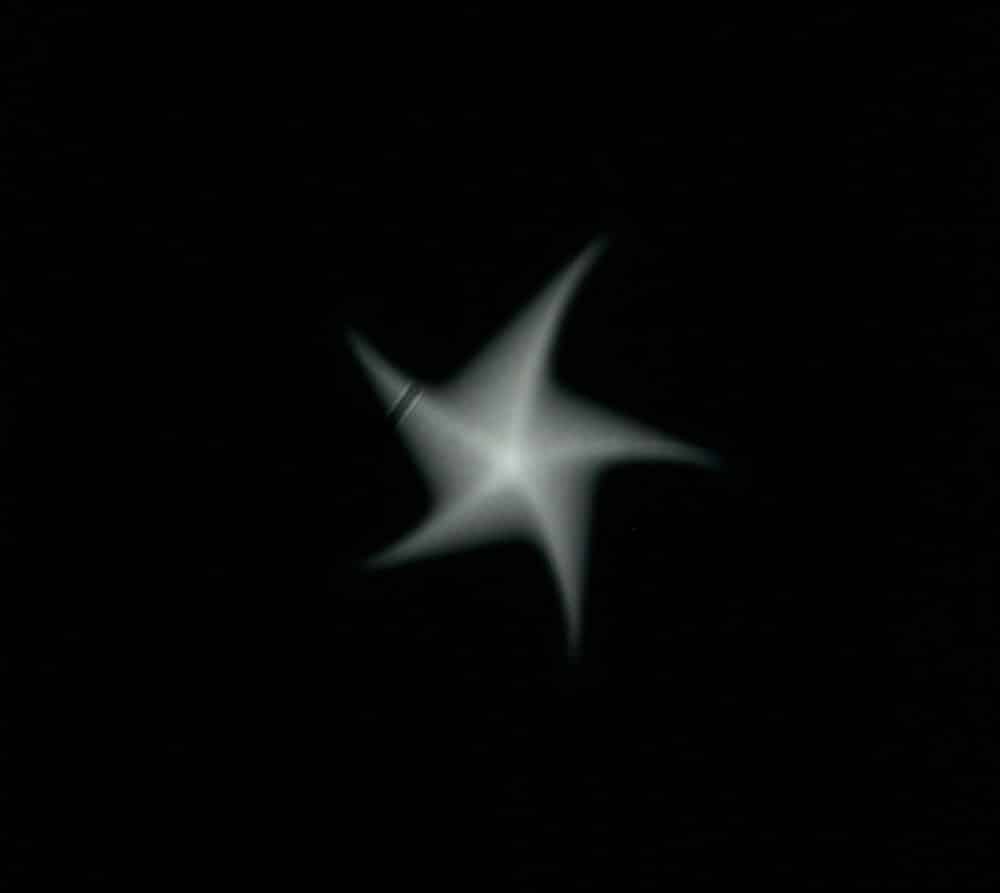
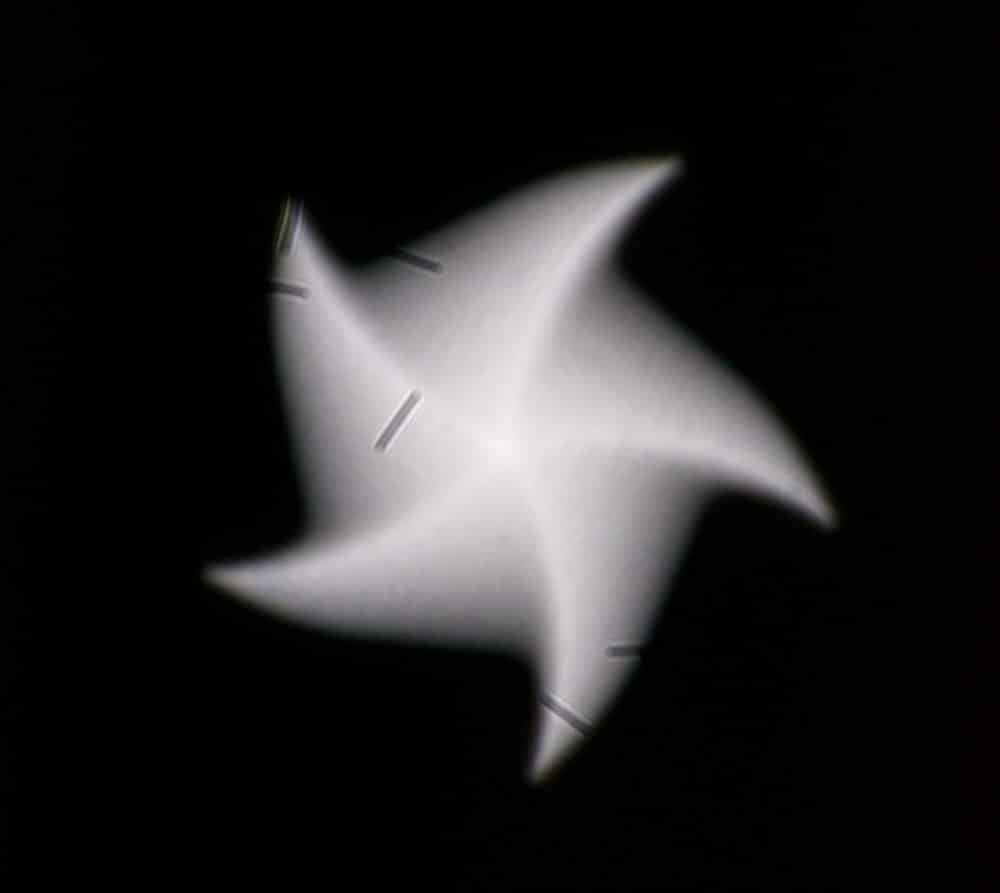
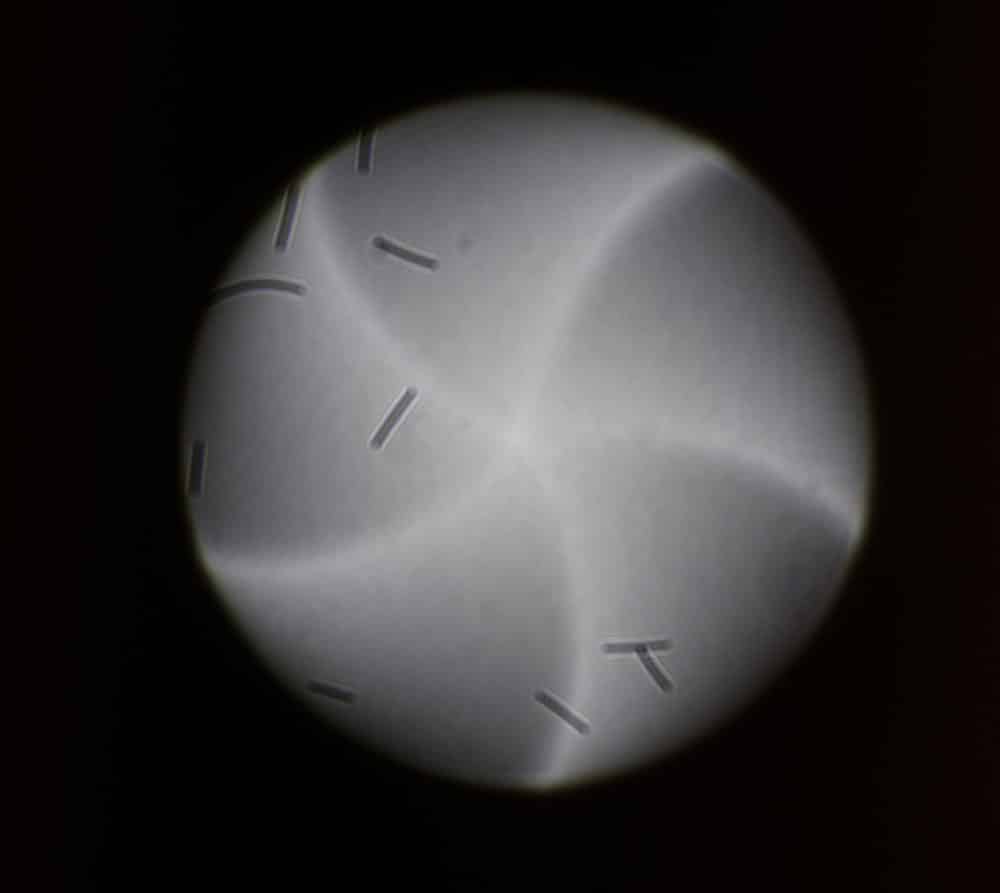
Two things stand out. First, the shutter in the prototype lens is quite a bit slower than the one in the production lens. Second, the worms are unchanged. That means they’re not a function of the copy of the XCD 90V that is used. I tried the 38V, and the worms were still there.
I’m now thinking they are associated with the camera body. I cleaned the sensor and the worms went away.
I didn’t see the worms at all in normal photography.
Leave a Reply